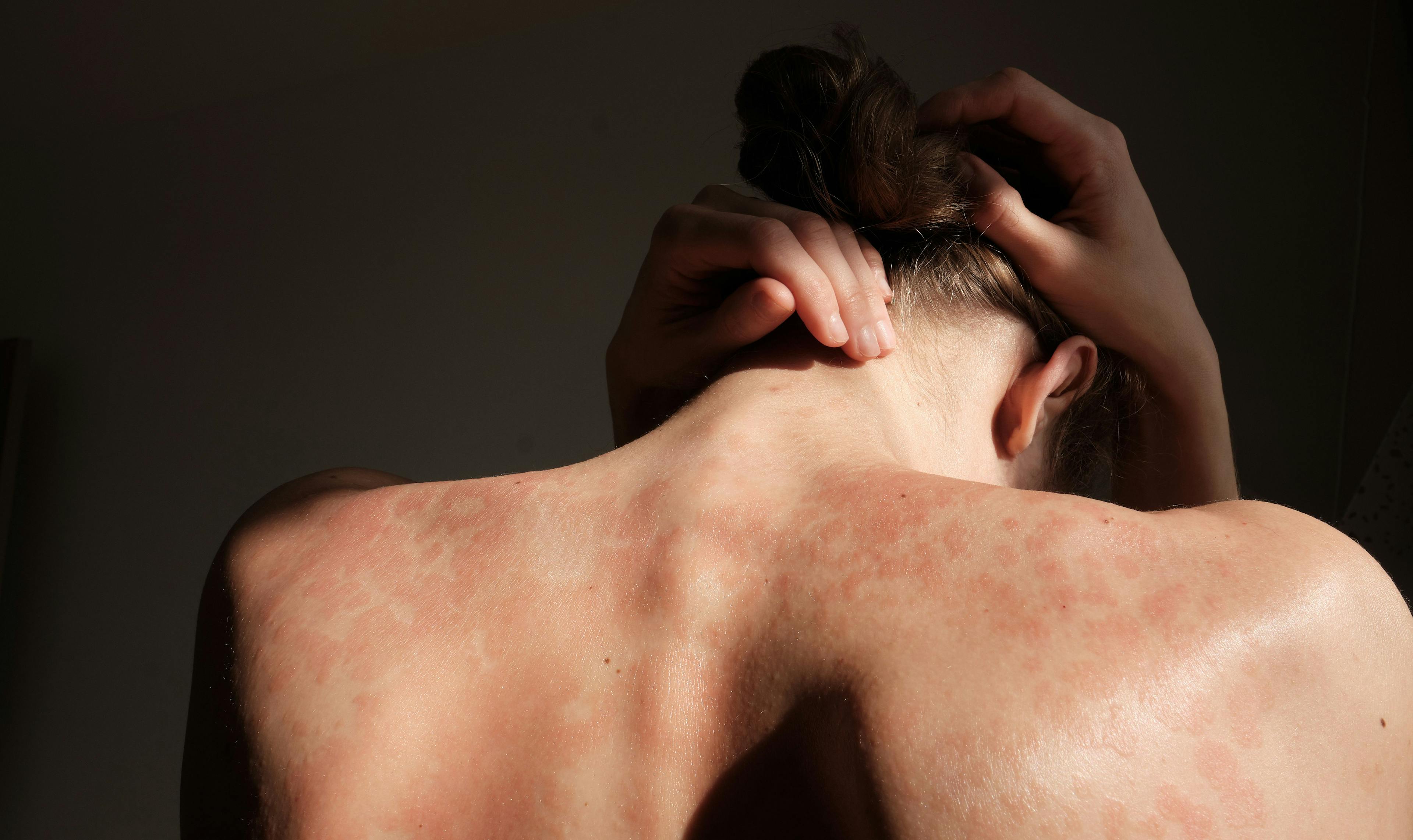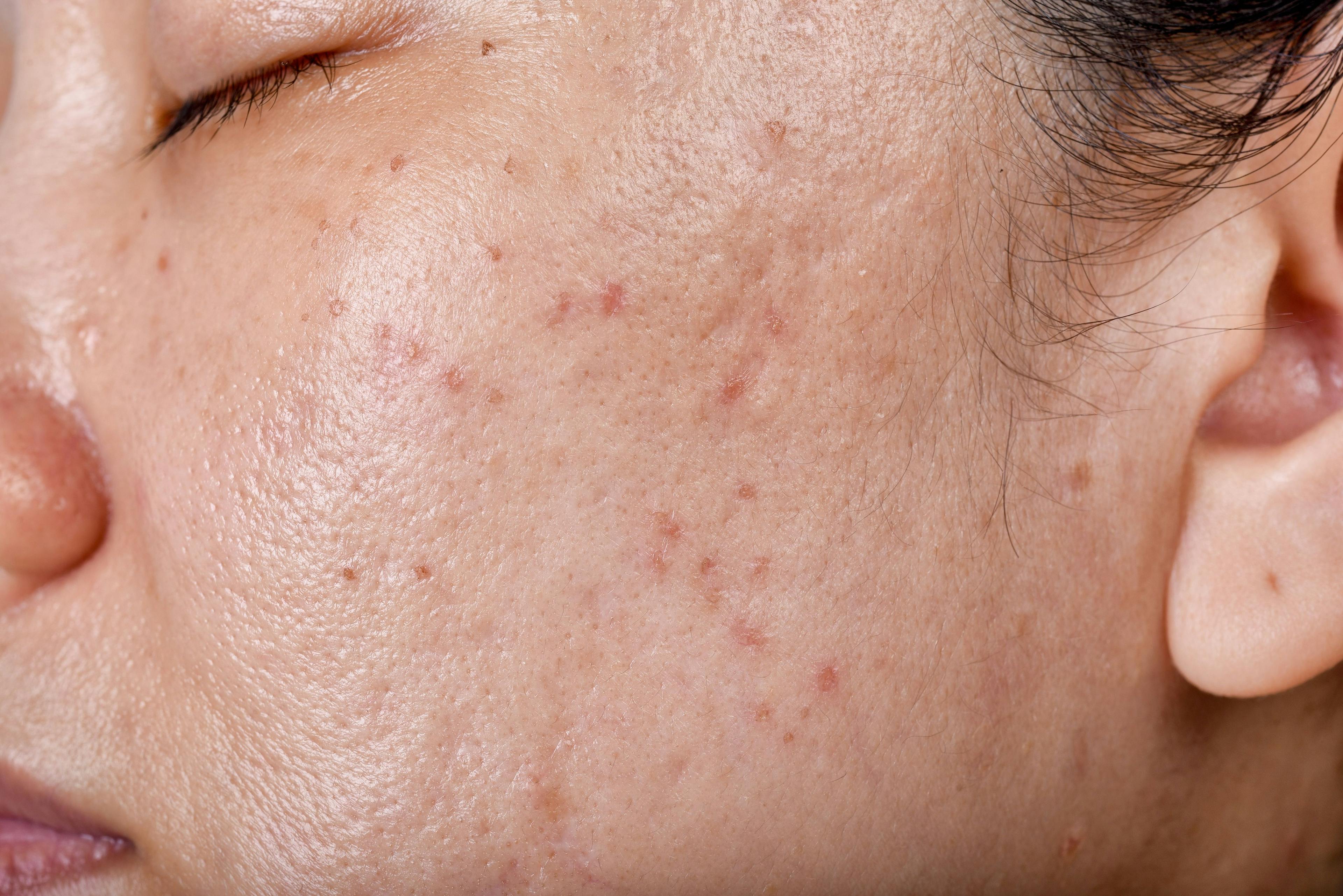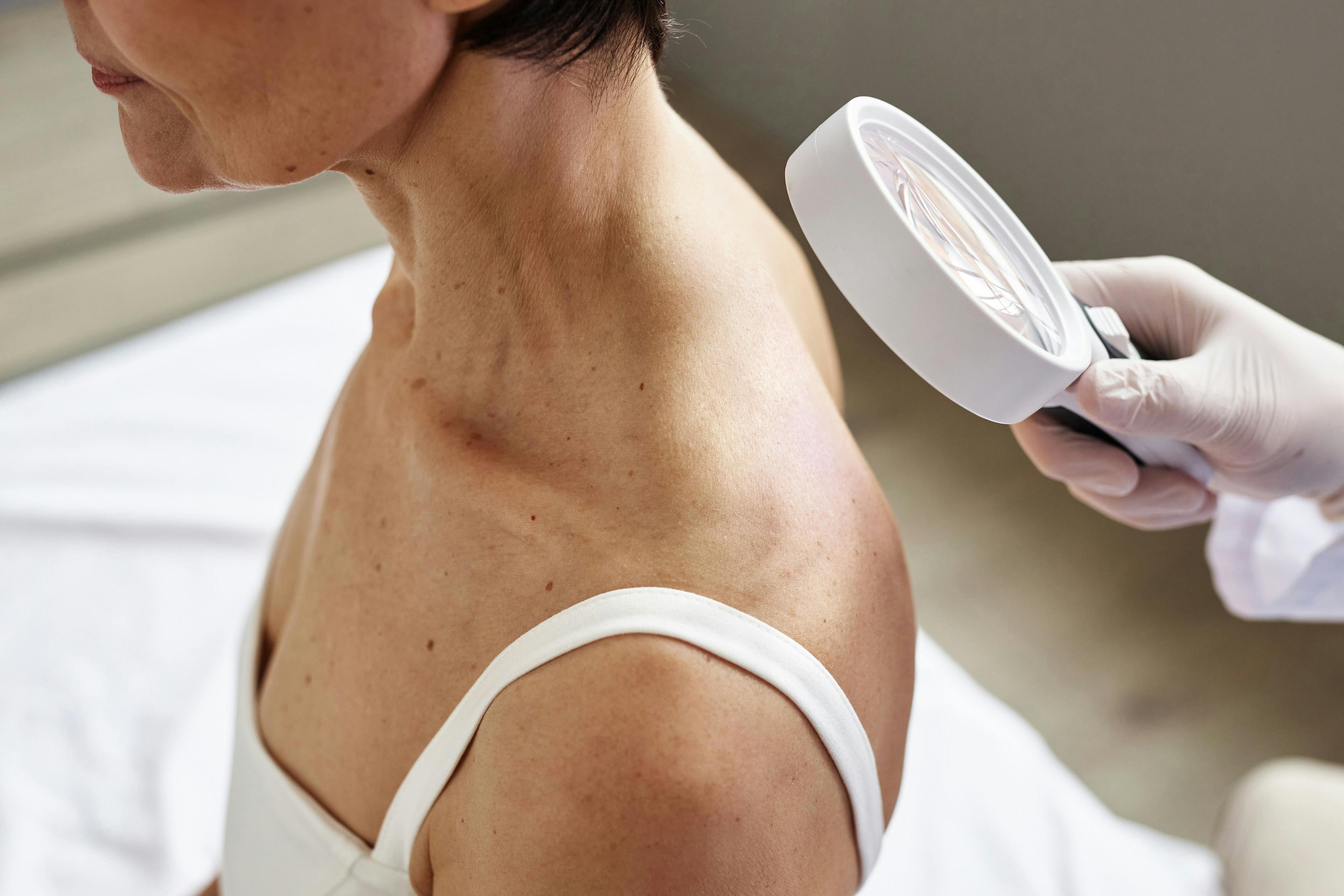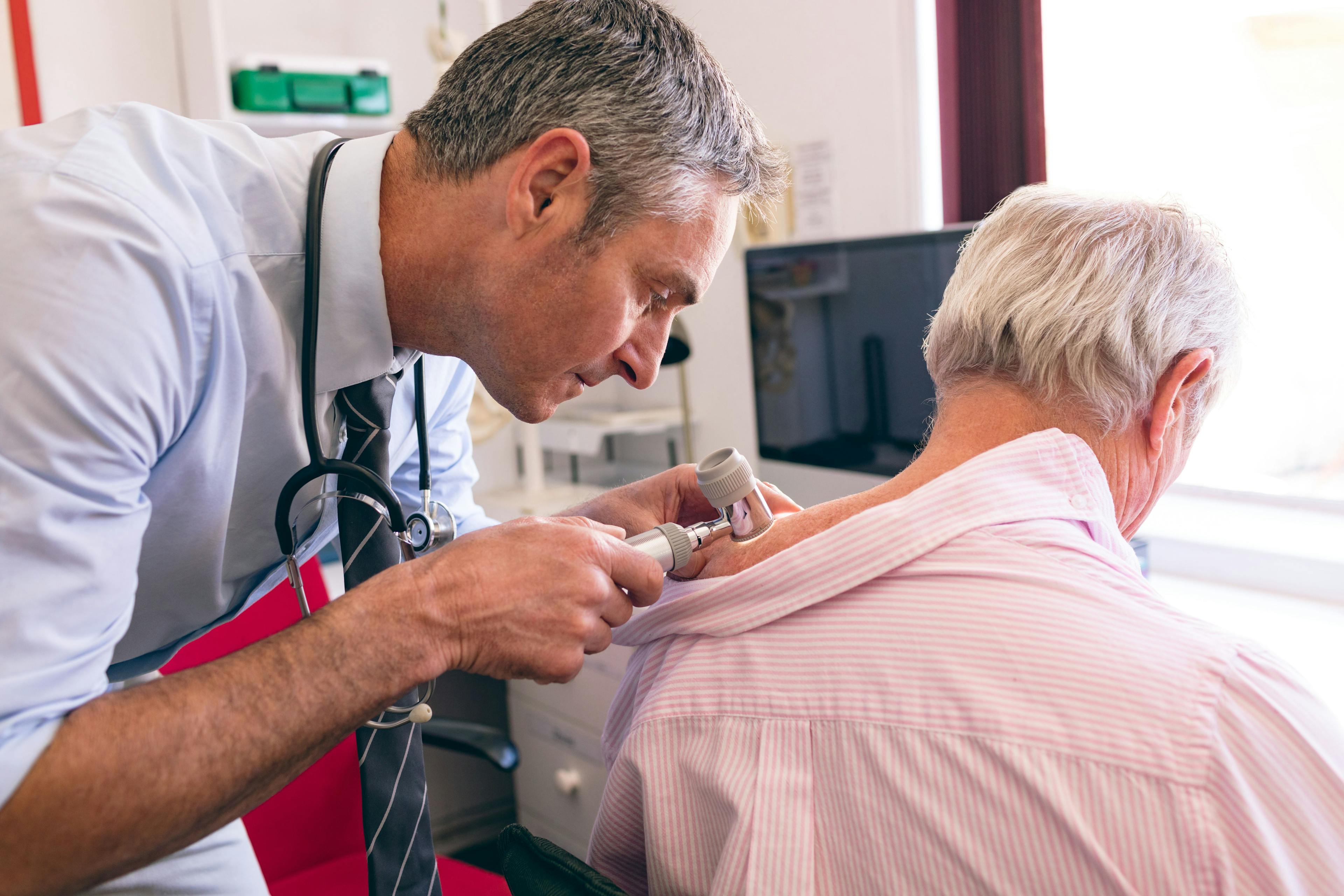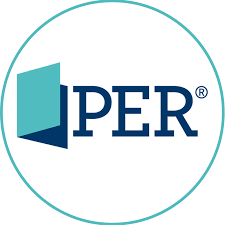- Acne
- Actinic Keratosis
- Aesthetics
- Alopecia
- Atopic Dermatitis
- Buy-and-Bill
- COVID-19
- Case-Based Roundtable
- Chronic Hand Eczema
- Chronic Spontaneous Urticaria
- Drug Watch
- Eczema
- General Dermatology
- Hidradenitis Suppurativa
- Melasma
- NP and PA
- Pediatric Dermatology
- Pigmentary Disorders
- Practice Management
- Precision Medicine and Biologics
- Prurigo Nodularis
- Psoriasis
- Psoriatic Arthritis
- Rare Disease
- Rosacea
- Skin Cancer
- Vitiligo
- Wound Care
News
Article
Dermatology Times
Journal Digest: December 8
Author(s):
This week’s collection of the latest dermatologic studies covers the burden of pediatric AD, skin cancer risk associated with combined methotrexate and NB-UVB therapy in patients with moderate to severe PsO, stigma towards patients with acne, and detection of nonmelanoma skin cancers in Mohs surgical sections using deep learning.

British Journal of Dermatology: Burden of Atopic Dermatitis in Pediatric Patients: An International Cross-Sectional Study
Weidinger at al’s cross-sectional study on atopic dermatitis in pediatric patients revealed that the burden of the condition is substantial, particularly in moderate to severe cases. Children with atopic dermatitis experienced significant itch, skin pain, sleep disturbances, impaired health-related quality of life, and missed school days. The study emphasized the need for comprehensive assessments considering the impact of atopic dermatitis on daily functioning. It also highlighted the prevalence of atopic comorbidities in affected children. The findings underscored the necessity for effective and safe therapies, especially for moderate to severe atopic dermatitis in pediatric patients.
Clinical and Experimental Dermatology: Methotrexate Did Not Add Skin Cancer Risk in Patients With Psoriasis Receiving Narrow-Band Ultraviolet B Phototherapy
Chao et al’s retrospective cohort study used data from the Taiwan National Health Insurance Research Database from 1997to 2013 to assess the skin cancer risk associated with the combination of methotrexate (MTX) and narrow-band ultraviolet B (NB-UVB) therapy in patients with moderate to severe psoriasis. The study included 3203 patients in each cohort, comparing those receiving combination therapy with MTX and NB-UVB to those using NB-UVB alone. The results indicated no significant differences in skin cancer incidences and hazard ratios between the 2 cohorts, even in cases of higher MTX dosage. Consequently, the study suggests that MTX does not elevate skin cancer risk in this patient population undergoing NB-UVB therapy in Taiwan.
JAMA Dermatology: Evaluation of Stigma Toward Individuals With Acne
Shields et al’s cross-sectional internet survey study included 1357 respondents in the United States and explored the prevalence and magnitude of stigmatizing attitudes towards individuals with acne. Digitally enhanced portraits of adults with acne were randomly presented to the study participants, who exhibited increased discomfort toward individuals with severe acne, reporting reduced willingness to be friends with, hire, have physical contact with, date, and share social media photos with those depicted. Individuals with severe acne were more likely to be negatively perceived in terms of hygiene, attractiveness, intelligence, likability, maturity, and trustworthiness. Notably, the association of acne with a desire for social distance was more pronounced for individuals with dark skin. These findings emphasized the importance of addressing and reducing stigmatizing attitudes towards individuals with acne.
JAAD International: Development and Validation of a Deep Learning Model for Improving Detection of Nonmelanoma Skin Cancers Treated With Mohs Micrographic Surgery
Tan et al’s study explored developing a diagnostic model for the detection of nonmelanoma skin cancers (NMSC) in Mohs surgical sections using deep learning. The research used archival images from patients who underwent surgery for NMSC between 2015 and 2021. The study used convolutional neural network architectures, including EfficientNet and MobileNet, for model development. Basal cell carcinomas were detected with a median average precision of 0.966 and median area under the receiver operating curve of 0.889 at 100x magnification. Invasive squamous cell carcinomas achieved a high median average precision of 0.904 at 100x magnification. The findings suggest that deep learning holds potential for enhancing surgical margin control in Mohs surgery.
What new studies have you published? Share with us by emailing DTEditor@mmhgroup.com.
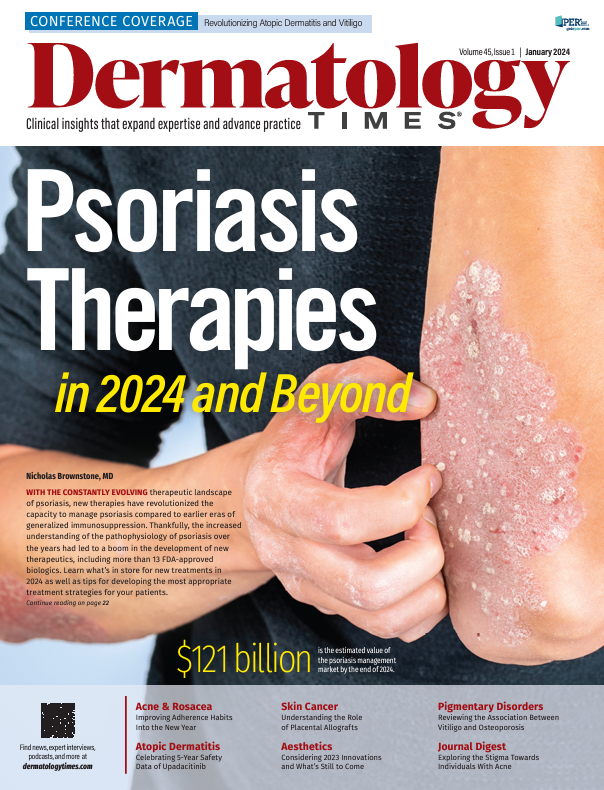
Newsletter
Like what you’re reading? Subscribe to Dermatology Times for weekly updates on therapies, innovations, and real-world practice tips.






